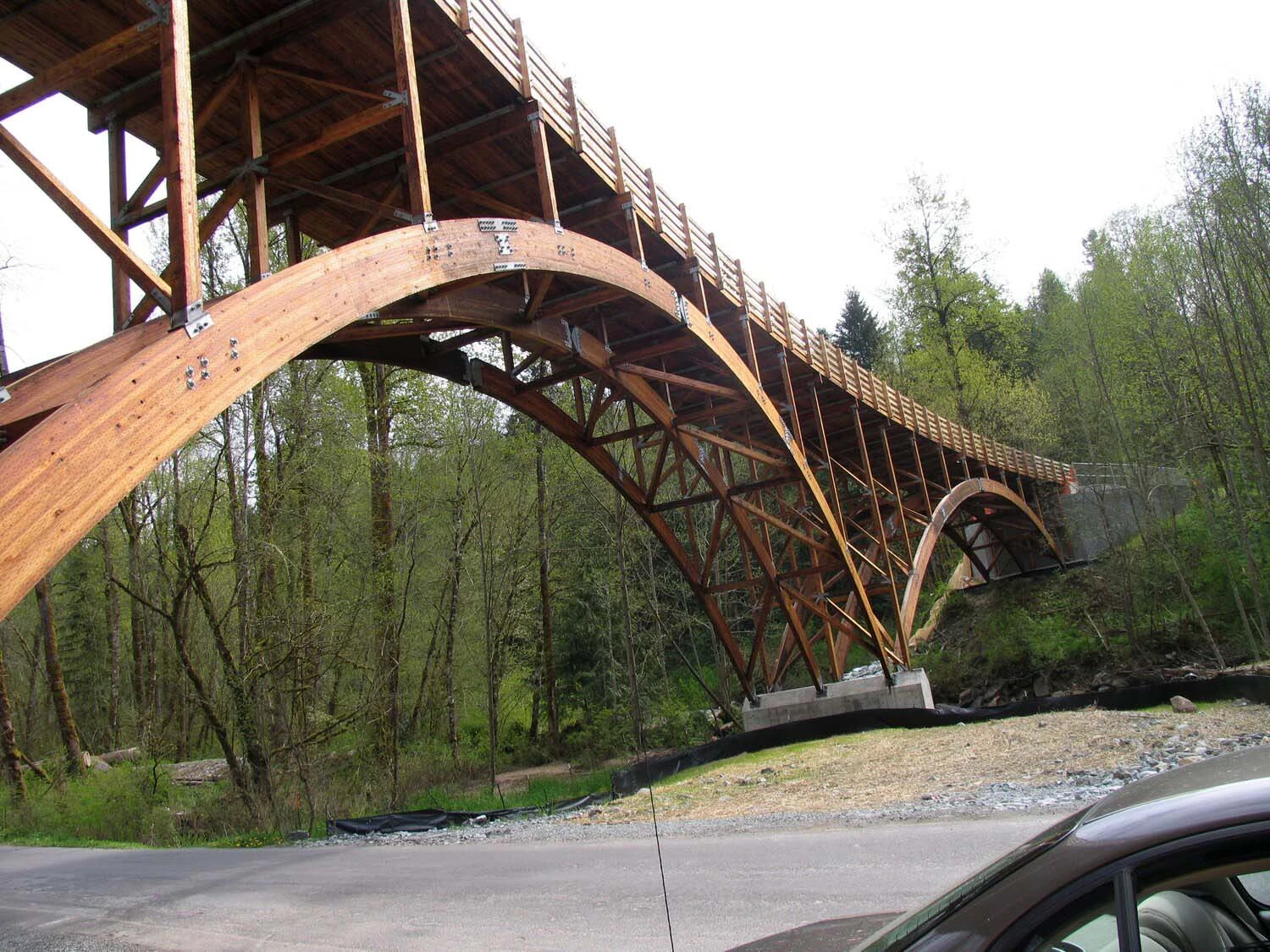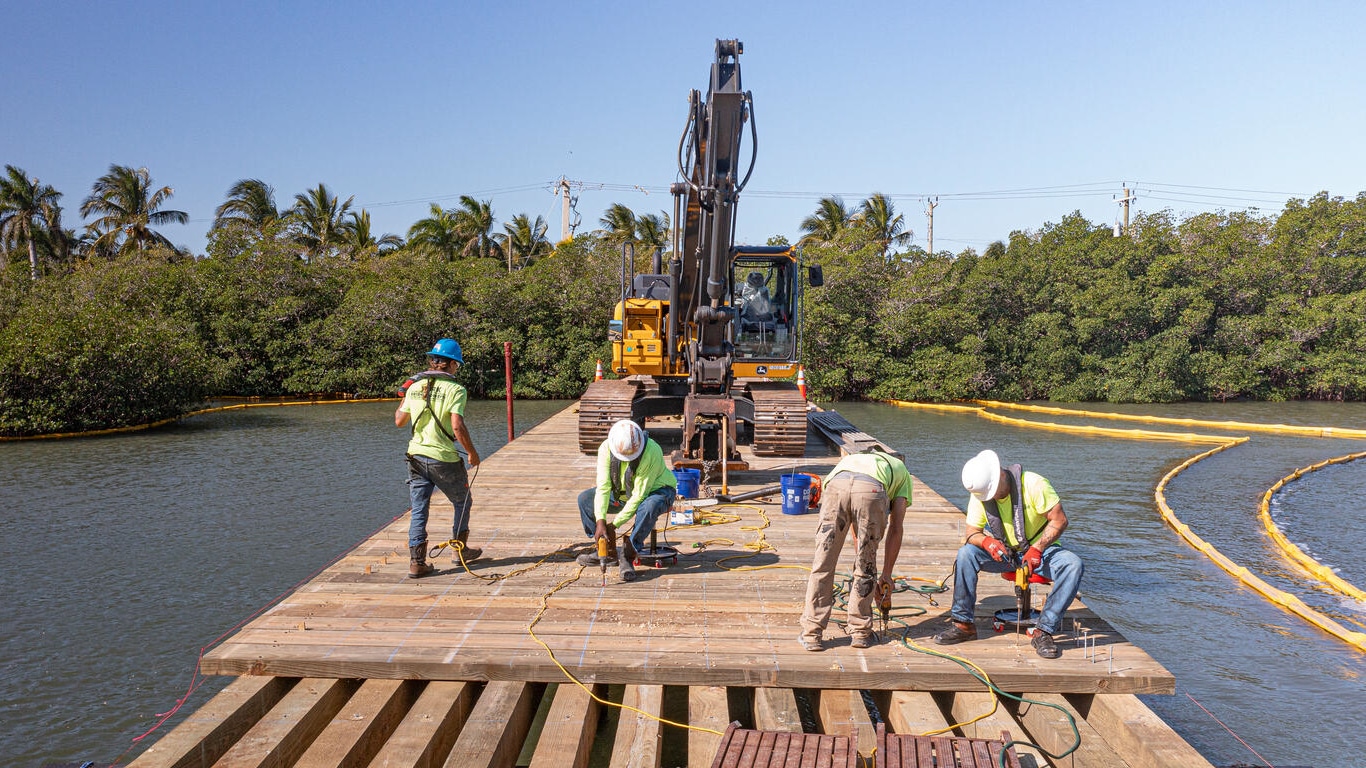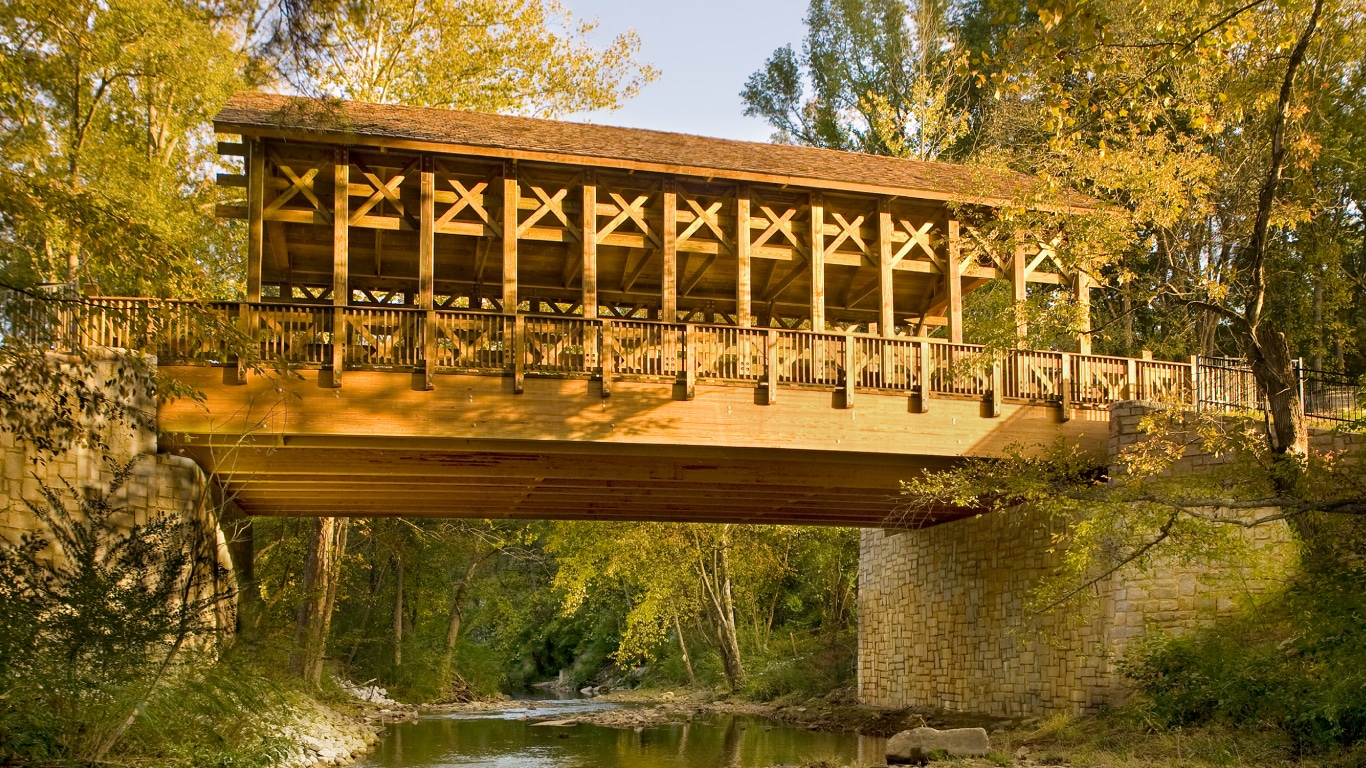
15
AprilTimber Bridges Charleston vs. Steel: Comparing Durability
 Resistance to Corrosion
Resistance to Corrosion
Timber bridges, particularly those made from rot-resistant species like Douglas fir or oak, hold up well in humid or coastal environments. Steel bridges, however, are prone to corrosion when exposed to high humidity, salt air, or road de-icing chemicals. Frequent painting and anti-corrosion treatments are necessary to extend their lifespan.
Renewable and Eco-Friendly Material
Timber bridges are made from a naturally renewable resource, making them one of the most sustainable infrastructure options. Responsible forestry practices ensure continuous wood supply without harming ecosystems. Compared to steel, which requires energy-intensive manufacturing and mining, timber has a lower carbon footprint, making it an environmentally responsible choice for bridge construction.
 Biodegradability and Recycling
Biodegradability and Recycling
Unlike steel, which requires extensive recycling processes, timber bridges naturally decompose over time if left untreated. Additionally, damaged or replaced wooden components can be repurposed for other construction projects, reducing waste. This biodegradability makes timber bridges an eco-friendly option, particularly when compared to non-renewable materials that contribute to long-term waste buildup.
Longevity Factors: What Impacts Timber Bridges’ Lifespan?
Several factors influence the lifespan of timber bridges, including wood species, treatment methods, environmental exposure, and maintenance. High-quality hardwoods and pressure-treated softwoods enhance durability, ensuring that timber bridges withstand decades of use. Proper design, such as ensuring adequate drainage and ventilation, prevents moisture buildup and prolongs the bridge’s structural integrity. Additionally, protective sealants and coatings shield timber from UV damage and moisture infiltration. Regular inspections and timely repairs further contribute to the longevity of timber bridges by addressing minor issues before they become major problems. Environmental conditions, such as humidity, temperature variations, and exposure to road salts, also play a role in determining lifespan. With proper construction and maintenance, timber bridges can serve communities for generations while maintaining their strength and beauty.
 Temperature Fluctuations
Temperature Fluctuations
Wood naturally insulates, making timber bridges less susceptible to expansion and contraction due to temperature changes. This stability reduces stress-related cracks and warping. Steel, on the other hand, expands and contracts with temperature shifts, leading to structural fatigue over time. In extreme climates, this movement can weaken joints and require additional reinforcements.
Energy Efficiency in Production
Processing timber requires significantly less energy than producing steel or concrete. Timber bridges contribute to lower greenhouse gas emissions throughout their life cycle, from harvesting and milling to transportation and construction. This reduced energy consumption helps minimize environmental impact while supporting a greener, more sustainable infrastructure development strategy.
Weather Resistance in Timber Bridges and Steel
Both timber bridges and steel structures face challenges when exposed to harsh weather conditions. Timber bridges are naturally insulated, making them less susceptible to extreme temperature fluctuations. When properly treated, timber resists moisture absorption, preventing rot and decay. Additionally, wood does not conduct heat or cold as efficiently as steel, reducing expansion and contraction issues. On the other hand, steel bridges are highly vulnerable to rust and corrosion, especially in humid or coastal environments where salt exposure accelerates deterioration. Protective coatings and galvanization help slow down the effects of weather, but they require ongoing maintenance. While both materials can be designed to withstand the elements, timber bridges offer a natural resistance to temperature-related stresses, making them a durable choice in many climates.
Moisture Resistance
Timber bridges, when properly treated, resist moisture absorption, preventing rot and decay. Pressure-treated wood and waterproof sealants enhance durability by creating a barrier against water infiltration. In contrast, steel bridges require protective coatings and galvanization to prevent rust. Without consistent maintenance, steel can corrode over time, compromising structural integrity and requiring costly repairs.
 How Timber Bridges Stand the Test of Time
How Timber Bridges Stand the Test of Time
Timber bridges have been used for centuries, proving their ability to withstand the elements and heavy use. Modern engineering has enhanced their longevity by incorporating high-quality wood species, pressure treatments, and protective coatings. These advancements help timber bridges resist rot, Temporary Bridges insect damage, and moisture-related deterioration. Additionally, the flexibility of timber allows bridges to absorb stress and movement better than rigid materials, reducing the risk of sudden failure. Regular maintenance, such as sealing and inspections, further extends the lifespan of timber bridges. In many cases, properly maintained timber bridges can last several decades, rivaling the durability of some steel structures. With sustainable forestry practices providing high-quality wood, timber bridges continue to be a resilient and reliable choice for infrastructure projects.

Reviews